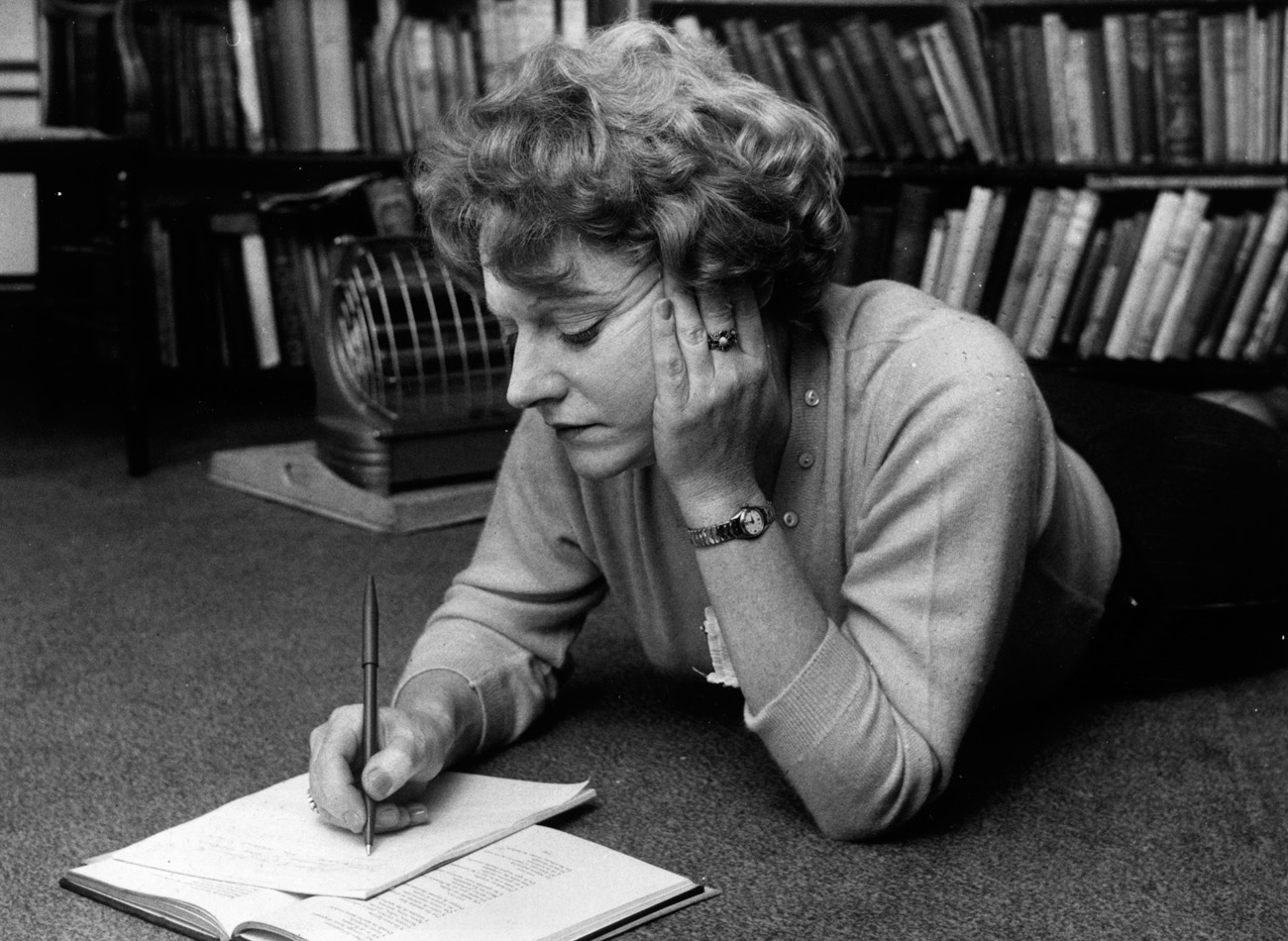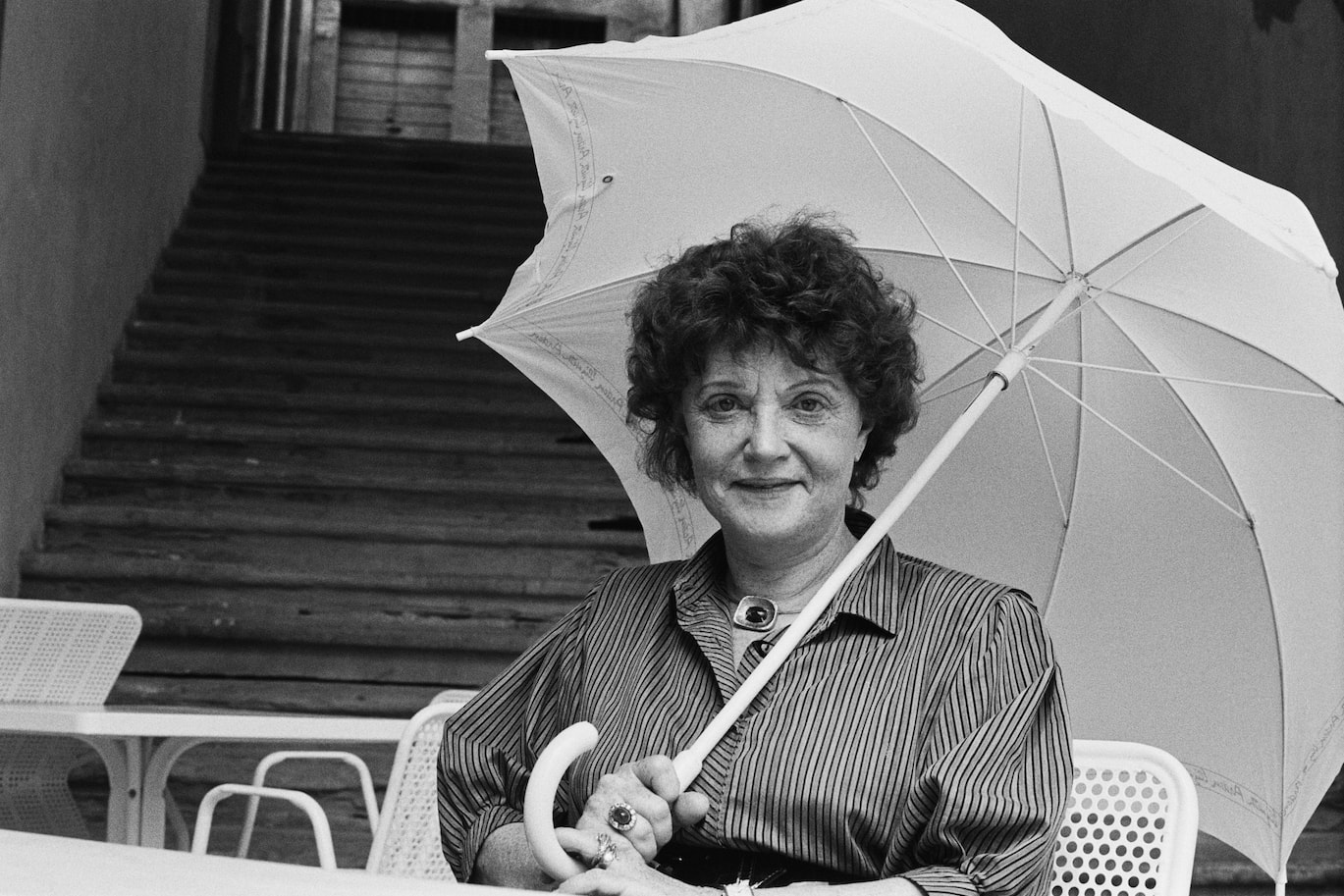It was by chance, not design, that Muriel Spark went to dwell in Tuscany. Nothing in her past suggested she was the kind of person who would embrace life in the countryside. Born in Edinburgh, Scotland, in 1918, she had lived mostly in big cities—London, New York, Rome—until she settled in the rambling, dilapidated, 14th-century rectory 15 or so kilometres from Arezzo owned by her friend, the artist and sculptor Penelope Jardine. In the beginning, Spark flitted between her base in Rome, a palatial palazzo, and the Val di Chiana. In time, however, she discovered that she preferred living among vineyards and olive groves than in clamorous streets clogged with traffic. Most importantly, it was a place that was conducive to work, where there were few interruptions and demands on her time could be managed.
She was then in her fifties and an internationally fêted writer. Having always thought of herself as a poet, she did not publish her first novel, The Comforters, until 1957, at the relatively late age of 39. It was both a commercial and critical success, and praised by the likes of Evelyn Waugh and Graham Greene who, like her, were converts to Catholicism. Four more novels swiftly followed. As witty as they are profound, they established Spark as one of the great writers of her generation. It was with her sixth novel, however, that she became a phenomenal bestseller.
The Prime of Miss Jean Brodie, which drew directly on her Edinburgh upbringing and schooling, was published almost in its entirety in a single issue of The New Yorker. It was subsequently made into an immensely popular, Oscar-winning movie in which Maggie Smith—who was voted best actress—starred as the enigmatic, eccentric, elusive Miss Brodie. The enduring appeal of The Prime allowed Spark to determine her own future and where and how she wanted to live.She was then in her fifties and an internationally fêted writer. Having always thought of herself as a poet, she did not publish her first novel, The Comforters, until 1957, at the relatively late age of 39. It was both a commercial and critical success, and praised by the likes of Evelyn Waugh and Graham Greene who, like her, were converts to Catholicism. Four more novels swiftly followed. As witty as they are profound, they established Spark as one of the great writers of her generation. It was with her sixth novel, however, that she became a phenomenal bestseller.
Italy had been on her radar since childhood, thanks to her favourite teacher, Miss Christina Kay, who was clearly the model for Miss Brodie. It was Miss Kay, for example, who would not hesitate to divert from the subjects she was supposed to be teaching to tell her young charges of her holidays in Italy, of her admiration for Mussolini and his fascisti, and of her love of the Renaissance artists, in particular Giotto. “We ought to be doing history at the moment according to the time-table,” she remarks to her class of impressionable girls. “Get out your history books and prop them up in your hands. I shall tell you a little more about Italy. I met a young poet by a fountain. Here is a picture of Dante meeting Beatrice—it is pronounced Beatrichay in Italian which makes the name very beautiful—on the Ponte Vecchio. He fell in love with her at that moment.”
For Spark, the appeal of Florence and its Tuscan hinterland was multifarious. She loved the art and architecture, the simplicity of the food and the ubiquity of wine, and the stunning landscape. From the window of her study she surveyed a scene that looked natural but had in fact been sculpted by human hands. Her favourite time of the year was from autumn through to Christmas. With Penelope Jardine at the wheel of their Alfa Romeo, she liked to visit places new and familiar, thinking nothing of motoring the length of Europe to visit a cathedral or gallery.
I got to know her in 1990 and whenever I visited we would spend long days touring the surrounding town and villages or calling on her many friends who lived in Florence, Cortona or Arezzo. Near where she lived was the castle-hamlet of Gargonza, one of the many places to claim an association with Dante. She never tired of what is known as the Piero della Francesca trail, especially the village of Monterchi where Piero’s wonderful fresco Madonna del Parto was to be found, and the bijou town of Sansepolcro, where his Resurrection has pride of place in the local museum.
Muriel, as I now knew her well enough to call her, was smitten by the understated culture of such places, by their quiet ambience and slow and civilized pace. Lunch was an unhurried affair. Once, in Sansepolcro, we were seated next to a table of American tourists, one of whom kept looking over at Muriel. Eventually, she summoned up the courage to leave her companions and approach us. Politely apologising for interrupting our meal, she asked if she could have the pleasure of being in the company of Muriel Spark. Muriel smiled and told her to pull up a chair. Another carafe of wine was ordered and an already jolly lunch became even jollier.
It was often said in the British press that Muriel was reclusive. Nothing could have been further from the truth. She simply liked solitude. All she required was peace in which to get on with her writing. In Tuscany she wrote some of her greatest novels, including Loitering with Intent, A Far Cry from Kensington, Symposium and Aiding and Abetting, which takes as its inspiration the mysterious case of Lord Lucan who disappeared into thin air after murdering his children’s nanny whom he had mistaken for his wife. Muriel’s final novel, aptly titled The Finishing School, appeared in 2004, two years before her death at the age of 88 in Villa Donatello, a private hospital in Florence. She was writing almost until she drew her last breath. She is buried in the cemetery of the tiny village, Oliveto, surrounded by vines and olives, and within sight of the house that was her last home.
Appointment in Arezzo: A Friendship with Muriel Spark is published by Polygon. Available on Amazon.







